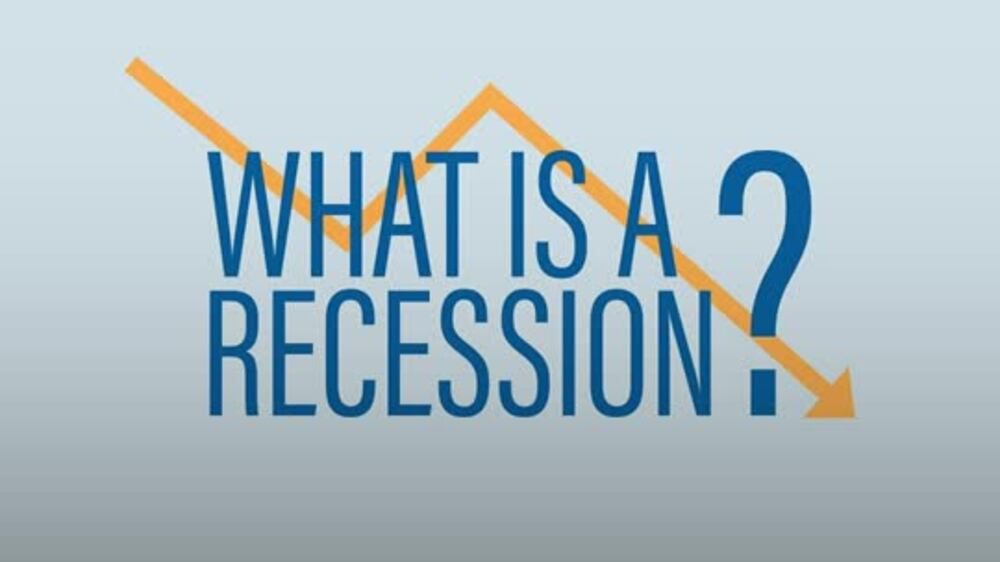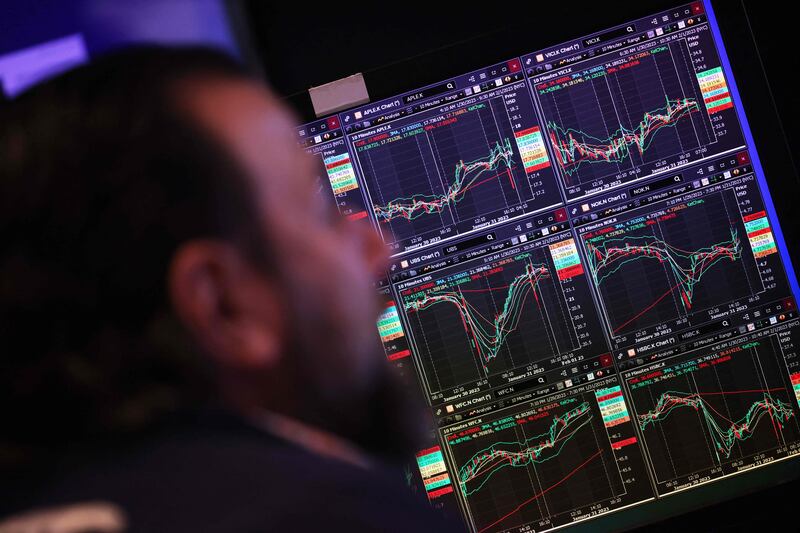What could go wrong? After an awful 2022, that question plagues many minds.
Mine, too — always. For me, it isn’t hotly hyped concerns such as inflation or recession. Or duds such as America’s debt ceiling. They must be largely pre-priced by now.
No, threatening my bullish 2023 outlook are the stealthy negatives that few fathom.
Several could shockingly torpedo economies and markets. None look likely enough to upend my bullishness now. But that can change. Here are several worth watching.
First: From market forecasters to think tanks and supranational organisations, today’s pessimists base dourness on headline fears of soaring prices, recession fears, rate increases, weak earnings and Ukraine. They shouldn’t.
Efficient markets pre-price widely known data, opinions and news fast — always. That saps big surprise power. And markets move most on surprises.
So, contemplate unforeseen shocks. One biggie: A credit freeze.
Loan growth has been stellar, a key factor stubbornly supporting global economic activity.
US loan growth in December was a red-hot 11.9 per cent year over year, nearly triple last January’s 4.3 per cent. Globally, loan growth is slower but still nicely positive.
New lending drives economic growth — and gross domestic product. But one problem: Those figures aren’t inflation-adjusted.
So, loan growth potentially slowing below inflation rates could signal quiet contraction — risking a deeper, credit-driven recession stocks haven’t weighed.
It isn’t here now, but it could happen. How? If the fat, low-cost lending base of banks — the deposit glut I cited in a previous column — deteriorates.
That would increase bank funding competition — higher deposit rates, lower new loan profits, less incentive for banks to lend — and curtail loan growth.
Puny deposit rates worldwide — America’s average is at 0.33 per cent — show you that is not the case now. But some big global banks hint at raising their deposit rates.
US financials are increasingly tapping into the overnight federal funds market — indicating deposit bases may be eroding. Be watchful. I will.
Scarier, watch central banks. Flummoxed by the impotence of rate increases in curbing lending, they could reimpose reserve requirements scrapped in early 2020.
Done wrongly at the wrong time, this could simply torpedo lending. This very thing — untimely reserve requirement imposition — underpinned 1937’s huge recession.
What is a recession?

Geopolitics also run risks, although not necessarily those most fret now.
Consider India and Pakistan. The latter will now start buying imported Russian oil, which could rile India by inflating the discounted, bargained Russian crude prices it has benefitted from since sanctions and boycotts began.
Decades of US policy blunders offer President Joe Biden little leverage to quell any eruption there, regardless of who leads Pakistan.
America, low on South Asian political capital and military gear, after its Ukraine assistance, couldn’t powerfully play peacekeeper.
As is the case with a credit freeze, this is an unlikely but very possible in-play game changer worth watching.
Unintended consequences from new cryptocurrency regulation may also torpedo stocks.
Many feared cryptocurrency contagion after 2022’s spectacular bust. Wrong! Crypto is too small and disconnected from the real economy to wreak havoc.
The real threat: Some devils in the details of the coming cryptocurrency regulation — rules surely ahead after FTX and its ilk.
Well-intentioned regulations often cause unforeseen trouble.
Examples? Both 2002’s Sarbanes-Oxley and 2007’s mark-to-mark accounting rules were well-intended, but caused huge dislocations.
One extended the 2002 bear market. The other spurred $2 trillion of unnecessary bank write-downs, driving the “Great Recession” into non-greatness by amplifying relatively small American sub-prime mortgage problems into … a huge, long global credit freeze.
History’s list of these types of well-intended regulations with intermediate-term disastrous outcomes goes as far back as capitalism.
The biggest risk here? Late 2023 cryptocurrency securities regulations spilling into unintended negative new impacts for non-digital assets.
Good intent. Unintended bad outcome. And common.
But my biggest worry of all? The one virtually no one — me included — foresees. True torpedo power!
That said, don’t obsess. Remember: Stocks rise far more often than fall. Since 1925, 75 per cent of rolling 12-month S&P 500 returns were up.
To me, 2023 looks like a great year. But keep eyeballing potential negatives few watch — for shifts from unlikely possibilities to escalating torpedoes.
Ken Fisher is the founder, executive chairman and co-chief investment officer of Fisher Investments, a global investment adviser with $160 billion of assets under management







